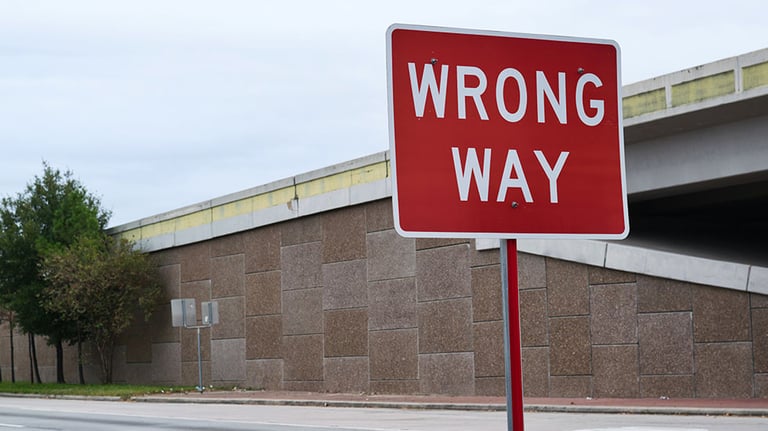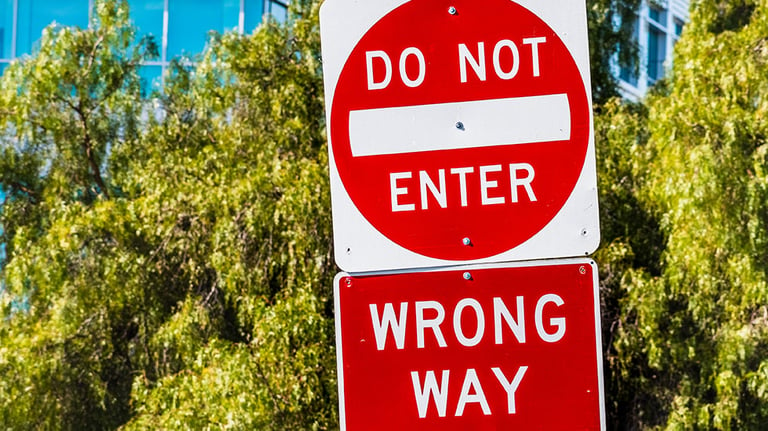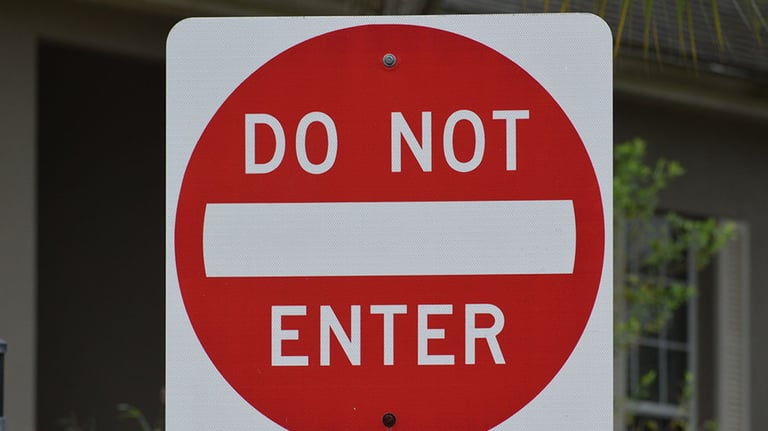

We've all seen the red rectangle signs with a white font proclaiming "wrong way" to motorists. Highway exit ramps display multiple sets of these signs, accompanied by "do not enter" signs, and sometimes even black and white "one-way" signs. Despite what may seem like excessive signage, some motorists still end up driving against traffic. As this is seen as a worsening problem that often results in a fatal crash, technology is being deployed to help save lives.

How bad is the problem?
The problem of wrong-way driving-related accidents is getting worse. According to data analyzed by the AAA Foundation for Traffic Safety, across America, there were "approximately 500 deaths a year" from wrong-way driving crashes between 2015 and 2018. This is an increase of 34% when compared to data from 2010 through 2014.
Ohio followed the nation's trend. Between 2015 and 2018, Ohio had “57 wrong-way-crash fatalities…with an average of 14.3 fatalities a year.” This is a 9.6% increase over the prior reporting period.
Driving under the influence is not always to blame. Alcohol is not reported as a factor in four out of every ten such accidents. Drivers with no passengers and elderly drivers over 70 also topped the list of victims.

A technological solution
The state of Ohio has implemented new technology to combat the wrong-way driving challenge. As the first line of defense, the wrong-way signs lining highway exit ramps are outfitted with flashing lights that activate when sensors detect a wrong-way driver. Should a driver continue in the wrong direction, the second set of wrong-way signs then sends an alert to the Ohio Department of Transportation’s (ODOT) Traffic Management Center. The center is then able to alert the nearest police officer to intervene. Cameras are part of the system, so ODOT can "capture data about where these drivers are trying to enter our highways," according to ODOT Director Jack Marchbanks.

Testing
This technology has been tested in other states and in two different locations in Ohio. The first wrong-way detection system within Ohio was placed in 2018 in Columbus, on the exit from I-670 westbound to Neil Avenue. On Cleveland's Shoreway, State Route 2, a second system was tested on the westbound exit ramp to West 28th Street.
As the systems are expensive, locations are chosen based on past history with wrong-way crashes, the presence of bars, traffic levels, and other factors.
The tests produced positive results and the warning systems are starting to help reverse course. Of the Columbus system, Sgt. Scott Powers with the Ohio State Highway Patrol (OSHP) said, "I do know they've had alerts of vehicles going the wrong way.” According to Marchbanks, there is also video evidence of drivers turning around once the signs have begun to flash.

Further implementation
Last summer, Cincinnati became the most recent city where this technology was deployed. This time it wasn’t just on an isolated ramp but on a much larger scale. ODOT created a Wrong Way Detection Corridor on I-71 by installing "92 electronic signs and 82 detection devices at 23 locations from downtown Cincinnati to Fields-Ertel Road."
Like the test systems, the Cincinnati system has already saved lives. Earlier this summer, WCPO in Cincinnati reported the OSHP had successfully slowed down a wrong-way driver after receiving a notification from this new system of a southbound driver in the northbound lanes.
ODOT will continue to look for success stories like this and will monitor results from this most recent implementation. This data will be used to evaluate where and how to make additional safety investments across Ohio.
